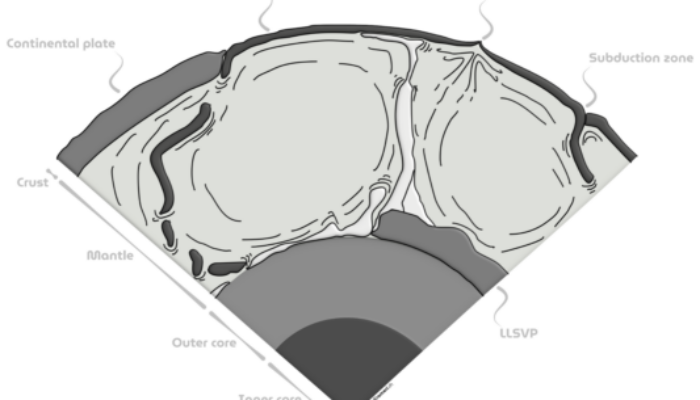“Dynamics of Plate Tectonics and Mantle Convection,” is edited by Dr. João C. Duarte and published by Elsevier. The book brings together contributions from more than 40 renowned authors in the fields of geology, geodynamics, tectonics, petrology and geophysics. It offers the unique authors’ perspective on the interconnected processes of plate tectonics and mantle convection and their v ...[Read More]
A journey to the centre of plate tectonics and mantle convection




